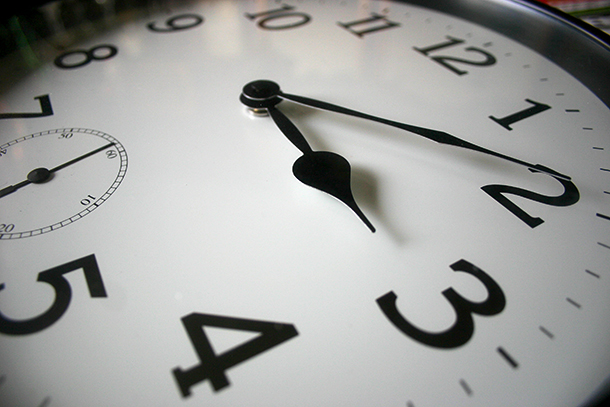Not so long ago, the major electrical devices in our homes could be counted on one hand: the television, fridge, washing machine and maybe the bar fridge or dryer.
But in 2015, most homes have those things, plus more than one large flat screen TV, a games console, entertainment system, multiple air conditioners as well as the army of power hungry smartphones, tablets and laptops that are scattered around the place.
And naturally, with this increased number of modern conveniences comes the need to power them all. When added up over the course of a year, it’s not hard to see why electricity pricing issues were such a big issue during the recent state election campaign, and why they will continue to be a major factor in household budgets in the future.
So is there a way to save money on electrical costs without having to live “off the grid” and give up all of your electrical devices?
Energy Efficient Living
Australians are a highly diverse group of people, but some patterns are fairly common no matter where you live. The peak demand for electrical appliances comes after 5pm in the afternoon, as we migrate home from work, school or university.
The other peak time is before 9am in the morning, as we prepare for the day ahead. This creates high demand at the same time from millions of homes and users.
The energy companies and retailers know this, and adjust their pricing accordingly. For example, prices are usually divided between “peak” use of between 2pm and 8pm on weekdays and “shoulder” usage times, between 7am and 2pm on weekends. All other times are classified as “off peak” and priced lower.
It helps to think of the system like a toll road that adjusts its prices depending on demand. During peak times, tolls to use the road will go up, to discourage more users from flooding onto the road and making it busier. During quiet times, prices drop, to make it more attractive for road users who are using a different route to use the toll road.

Smart Metering
To take advantage of ‘time of use’ metering and pricing, you need to know about smart meters.
If you are looking at shifting the pattern of your household energy use to either shoulder or off peak periods, then being able to measure your energy usage becomes very useful. An interval smart meter takes a rolling measurement every 30 minutes and lets you see your energy usage. At the same time, it also transmits that data to your energy company.
This means that your supplier can charge you according to your actual power usage, rather than hitting you with one flat rate that will charge you the same no matter how much you use.
These smart meters are a huge technological leap forward on the old mechanical meters which required home owners to come outside every interval and manually record their energy use!
Smart meters are also getting more advanced by tying in directly with digital displays on personal computers, laptops, and in some instances, even smartphones and tablets via custom designed apps.
How Smart Meters and Time of Use Metering Can Save You Money
By installing a smart meter, you can collect the information you need to see whether shifting to time of use pricing can save you money. If you choose to change your electricity payments from a flat rate to time of use pricing, the more you can shift your energy use away from the peak times, the more you can save.
It’s really important to have a close look at whether you can shift your household habits or not before you take the option to move to flexible pricing.
For example, if a household has three children under the age of 10, it is unlikely that they will be all waiting until after 8pm every weekday to have their showers and go to bed. With hot water being a major electricity cost, it’s probably unlikely that the lifestyle and make up of this household would be suited to time of use pricing.
It’s also important to realise that time of use pricing can actually work out more expensive than a flat rate if the household ends up using more power during peak times than expected.
Practical Ways to Shift Your Power Use
There is a range of ways to shift your power usage to off peak or shoulder times if you do choose time of use pricing. For example:
- Turn your dishwasher on as the last thing you do before bed, or if it has a timer, set it to begin running after everyone has left the house in the morning.
- Do your laundry in the evening or late afternoon on weekends. This is more of an option during summer when daylight saving means there’s sunlight later in the day.
- Turn off background appliances like the pool pump or an empty spare fridge during peak times.
Increasing electricity bills are a fact of life, but with some more efficient energy use and the option to investigate time of use metering and pricing, households have tools at their disposal to reduce the impact of electricity prices.
If you have any questions about time of use metering, or have any other electrical needs, from emergency wiring replacements or advice on a planned renovation, just give our friendly, experienced and local Sydney team at Everest Electrical a call!

